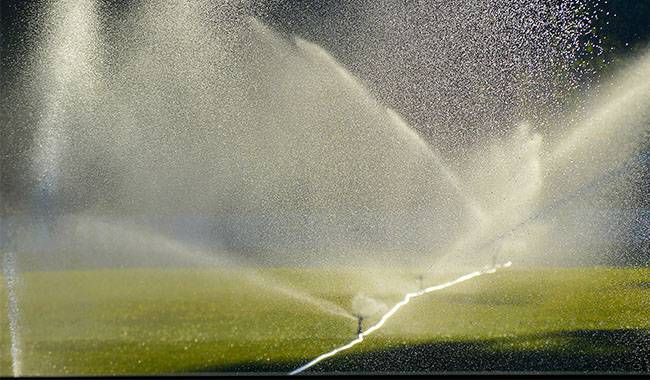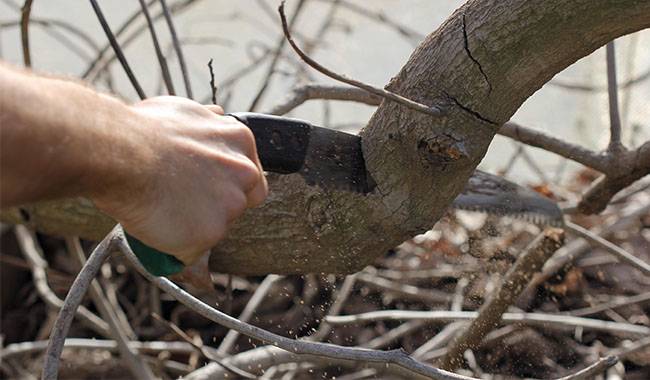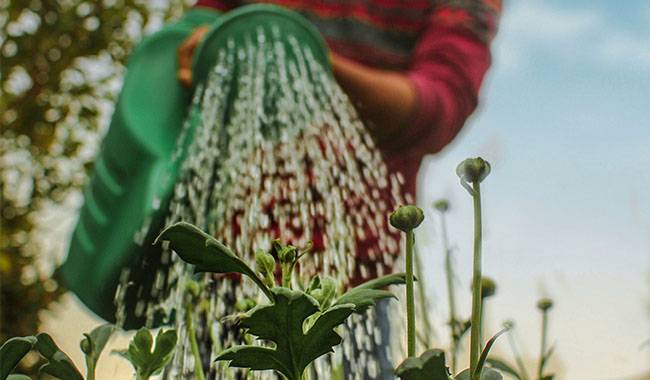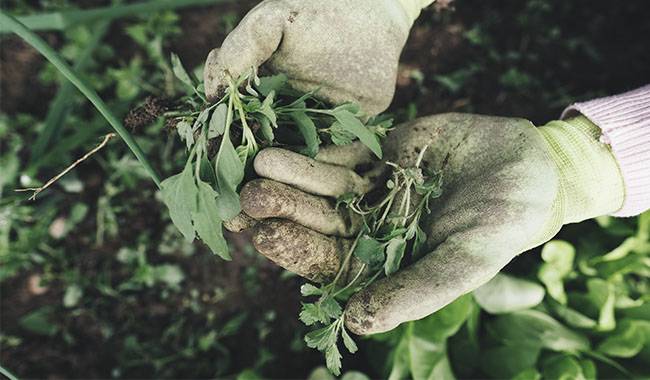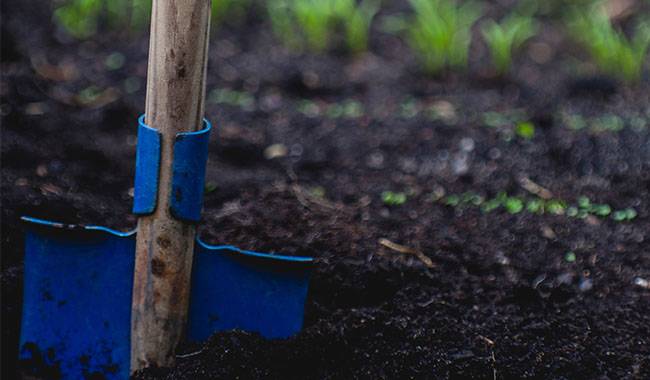
When we buy a large cottage or a house with a garden, we don’t always have access to high-quality fertile soil to grow cultivated plants. If the soil is fertile, it is often so dense that not all crops can be grown successfully on it. If it is light, it is necessarily low humus and requires additional contributions of manure, humus.
There are now sufficient quantities of artificial and natural soil conditioner on the market which help to obtain high-quality soil in the golden ratio.
MATERIALS TO IMPROVE SOIL PROPERTIES
What are these materials used for? Can they completely replace natural materials? Will they degrade the quality of the soil over time? Let’s try to answer these questions.
Structured soils improve the soil environment, helping plants to adapt to new conditions more quickly and to start growing, developing, and forming crops in a shorter period of time. In general, cultivated plants grow better on light, airy, neutral soils. Of course, the same qualities of soil give manure, humus, compost.
But where can we get the right amount of them? Some rocks and minerals discovered by geologists show this ability. They are good adsorbents with high ion exchange and catalytic properties. They include perlite, vermiculite, zeolite, diatomaceous earth, coconut flakes, and others.
Soil conditioner enters stores in sufficient quantities and is packaged in bags or briquettes. They have no shelf life and promote the rapid restructuring of old soils.
ARTIFICIALLY OBTAINED STRUCTURAL SOIL CONDITIONER
Among the artificially produced minerals, perlite and vermiculite are today the most suitable for suburban areas. they improve the physical properties of the soil: they make it more aired and permeable and improve its chemical composition, which is especially important when growing seedlings, indoor flower crops, and rooted plants. They are added to heavy clay soils when growing seedlings in the open ground or young plants of fruit and berry crops. They do not react with any chemical components in the soil. They are absolutely inert.
PERLITE – SOIL CONDITIONER
Perlite is a volcanic rock that forms during volcanic eruptions. The hot lava reacts chemically with the soil. The mineral obsidian formed is hydrated by groundwater. The hydroxide of obsidian obtained is similar to the mineral perlite of sand. By the way, perlite and sand have the same base – silicon oxide, which is why they have similar properties.
Hydroxide obsidian comes in different colors of green-brown-black. After processing, it becomes white, light, and porous. Crushing and subsequent heating in a furnace transform the rock into agro perlite, a homogeneous bulk material commonly used in agronomy.
Useful properties of agro perlite
agro perlite makes the substrate porous, increases air permeability, and loosens heavy soils, which helps eliminate water stagnation in clay substrates and uniform distribution of water in the soil. It improves the water retention of light soils, reduces acidity, and slows salinization. It is indispensable for the overfeeding of plants. It accumulates excess nutrients without entering into chemical reactions and then sends them back to the ground, where they enter the plant under the influence of the root system, thus providing normal conditions for plant growth and development. agro perlite is one of the best components for hydroponic cultivation.
Over the years, it has been crushed during the cultivation of the soil and has become a physical component of the soil. It is an ecologically pure, artificially produced mineral.
Perlite has one unpleasant characteristic. It is very light and tends to chafe when used, making it necessary to wear a covering mask when working with the mineral. Perlite microparticles are glassy dust that, if ingested, will not be expelled from the respiratory tract.
Applications of agro perlite
agro perlite is used in horticulture as a mulch to improve the physical properties of soil mixtures used in nursery stock and in-home gardening. In most cases, it is used as one of the components of the soil mixture instead of sand. agro perlite is used for storing bulbs and for rooting cuttings and shoots.
VERMICULITE – SOIL CONDITIONER
Vermiculite is also referred to as an artificial soil conditioner. it is obtained from waste ore, which is also subjected to heat treatment in a furnace. When heated, Vermiculite expands and breaks down into separate flaky parts resembling mica. In fact, Vermiculite is a hydromica, and burning it changes its properties more or less. The obtained material is called agricultural Vermiculite.
The obtained minerals are inert, do not contain heavy metals, and do not react chemically with soil minerals. Externally, agricultural Vermiculite differs from agro perlite by the color (darker) and the physical state of the mineral components. It does not decompose and does not decay.
Over time, the soil from the treatment is crushed, as well as agro perlite, and continues to become a soil additive. The main difference is the ability to accumulate water and minerals in the porous structure of the fraction, which is then gradually released to the plants. These properties help to reduce irrigation losses and improve soil nutrient availability.
Useful properties of agricultural Vermiculite
Agricultural Vermiculite differs from agricultural perlite in that it contains calcium, potassium, and magnesium, which are important for plants. It is rich in silicon, aluminum, and iron. They are not available to the plant, but accumulate as ions on the surface of artificial mineral elements (absorption) and, if necessary, are gradually released and come to the plant.
This property, together with agricultural perlite, helps to provide more uniform nutrition to the plant. Agricultural Vermiculite accumulates a large amount of incoming water (up to 500% of its own mass) in the soil in porous cells.
In the environment of Agro Vermiculite as well as agro perlite, fungal and bacterial diseases and pests cannot survive and multiply, and they cannot be used as food by rodents.
Applications of agricultural Vermiculite
The inertness of the material is widely used in agronomy, as a substrate for seed germination, in growing vegetable seedlings and rooted shoots of garden seedlings of fruit trees and berries. Vermiculite for agricultural use lowers the pH of the soil. A large number of minerals are used as drainage agents in the cultivation of flower crops. When mixed in any proportion, they loosen the soil and prevent the formation of slabs after irrigation (excellent mulch).
HOW TO USE AGRO PERLITE AND VERMICULITE CORRECTLY?
Due to its specific structure and properties, agro perlite should not be used under succulent plants. Its ability to accumulate water can lead to root rot.
agro perlite does not accumulate water and cannot form compounds with fertilizers, so it is used in its pure form, 8.8-11 Lb (4-5 kg)/11 sq. ft. for covering the root crop circle of ripe fruit and berry plants. Under its layer, pests will not be able to overwinter, diseases will occur and rats will not be able to overwinter.
For vegetable crops, the mulch layer reaches 1.2inch (3 cm) on the ground and 0.4inch (1 cm) for indoor plants.
To prepare the best soil mixture in the original soil, 15% of two minerals are added to the total mass of the harvested soil. By mixing peat and agro perlite with agricultural Vermiculite in the ratio of 70:15:15 (%), a good mixture for indoor crops and vegetable seedlings is obtained.
For rooting, cuttings of outdoor plants use Agro Vermiculite and peat (1:1) and for indoor plants use 2:1. Agro Vermiculite reduces soil acidity, so when preparing mixtures for indoor herbaceous cuttings cultivation use 2 parts of Agro Vermiculite and 1 part of peat.
When planting seedlings of trees and berry crops, add up to 6.6 Lb (3 kg) of agro Vermiculite to the soil mixture in the planting holes. when transplanting and planting strawberries and strawberries, plant seedlings under bushes at about 1.0-1.5 cups per hole and mix with soil.
To use agro perlite for rooting cuttings, prepare the soil mixture in a 4:1 ratio. To prevent agro perlite from falling to dust, be sure to moisten it slightly before use. Humidity will not change the properties of the mineral.
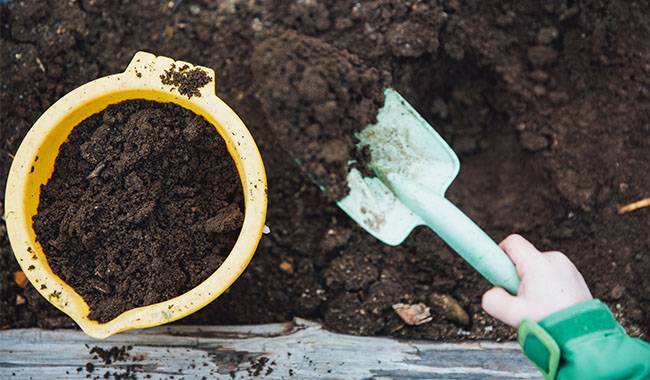
SEDIMENTARY MINERALS FROM ROCKS – SOIL STRUCTURE IMPROVERS
In addition to artificially produced minerals, there are sedimentary rocks and minerals with soil structure improvement properties (diatomaceous earth, Zeolite, and others).
Diatomaceous earth
Diatomaceous earth is used in natural minerals for ultra-light soils that cannot retain water. The porous, quartz-rich natural material increases the water-holding capacity of the soil. On clay soils, diatomaceous earth is mixed with coconut shavings and soil to produce a mixture that not only reduces the density of the soil, making it lighter and more permeable to water and air, but also has a positive effect on acidity or salinity.
Some minerals can retain excess nutrients and gradually release them to plants as needed. To increase the porosity of the soil, its adsorption properties, you cannot do without a mixture of diatomaceous earth and Zeolite.
Zeolite
Zeolite’s positive effect on soil properties can be maintained for at least 5 years, which is especially important when setting up lawns, replanting flowers, and replacing greenhouse soil. Zeolite’s porous structure is a unique absorbent, or “molecular sieve”, and these properties are used in soil ion exchange processes.
In agriculture, Zeolite is used to regulate soil acidity, retain moisture, and adsorb arsenic, cadmium, lead, and copper from poorly composted soils. It is used for water purification in fish farming in confined spaces. In Bulgaria, Zeolite is used for growing ecologically pure strawberries due to this property.
The use of Zeolite together with coconut waste is effective on acidic, poor soils. One can immediately introduce high doses of mineral fertilizers, which will not be able to overfeed the soil and will gradually reach the root system of the crop.
Use of coconut waste
Coconut substrate is free from weed seeds and pathogenic microflora and has neutral acidity. To prepare the best substrate for growing seedlings and rooting cuttings, simply mix coconut substrate with soil in a ratio of 1:3. Using coconut waste as part of the soil mixture, you can leave the seedlings unfertilized. By decomposing, the coconut component will be used as a nutritional additive for seedlings, rooted cuttings, and divisions.
Florists recommend mixing coconut products with agricultural Vermiculite for pot planting and transplanting of flower crops.
This mixture is indispensable for growing vegetables and other crops hydroponically in greenhouses. Mixtures of minerals (perlite, Vermiculite, Mineral wool, coconut fiber) are usually used to form artificial hydroponic soil.
In order to grow seedlings, coconut flakes treated with Trichoderma reesei are available for sale. In such a substrate, fungus-negative microflora cannot survive.
An additive used for soil mixing without pathogenic microorganisms can be crushed eggshells. One bucket of soil or decayed sawdust is enough for 1-2 cups of ground eggshells.
Dear readers
This article deals with the properties of some soil conditioners. When using these or those soil conditioners, be sure to read the recommendations and follow them when preparing the mixture.
More related information about soil




